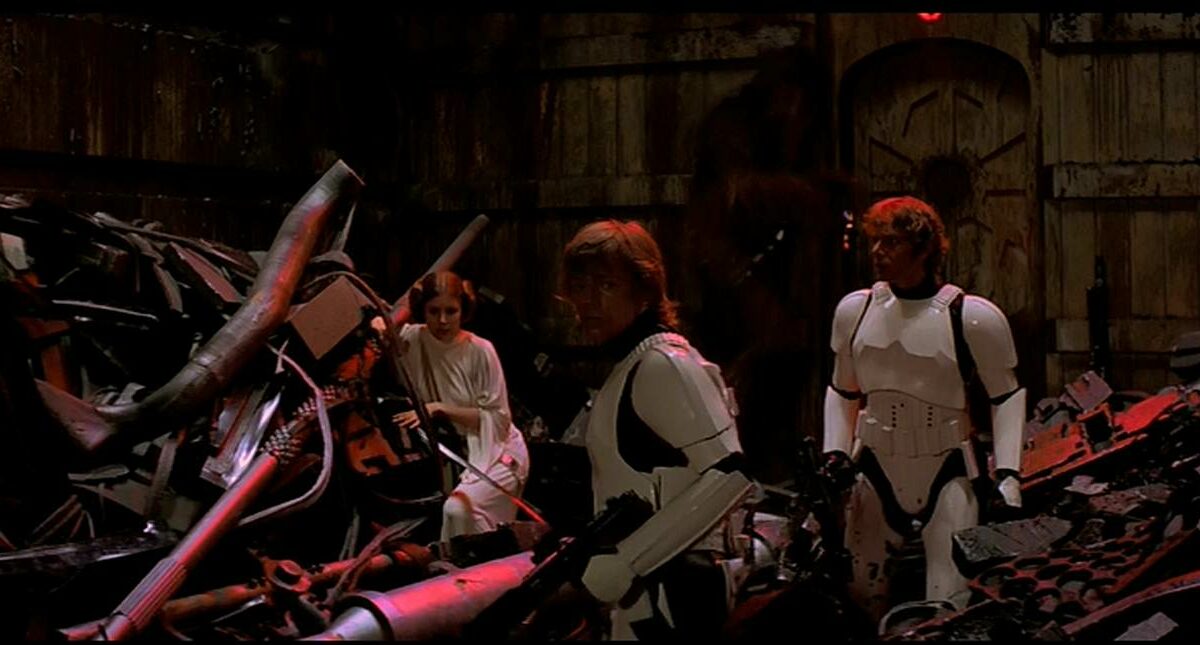Originality is hard. It’s hard to create, hard to adhere to and hard to indoctrinate into a system so it becomes method more than miracle. But as audience members of any story, we respond to originality with vigor. Original stories, or familiar stories told originally, stick with us long after conventional stories fade.
I see this in business daily. Take the current state of the wearable tech space. Watch five videos, any five videos, showcasing wearable products and see if you can find an original story.
I’ll get you started. Here are three:
They’re fine. But indistinguishable and lacking any element that will enable them to take root in our precious memory. However, if you think first about a narrative that will engage an audience, and then find a home within that narrative for your product, watch what happens.
I don’t even have this page bookmarked. I remember that it’s a FitBit video and I can find the page in seconds. Because it left an imprint in my memory, almost like a film strip, with snippets still playing in the background. (I can call up in my mind at any time the guy’s expression when he arrives at the Lyon Street steps.)
As a brand storyteller who draws inspiration from the best practices of the film industry, I was sadly reminded by last week’s Oscar nominations of how difficult it is to bring originality to any decades-old system, whether it’s product marketing or film awards. The temptation to play it safe is just too strong.
In a year when the film industry pulled off the miracle act of infusing originality into many commercially-oriented films, the Academy ignored them all (with the exception of Mad Max) and stuck to their formula: a film done for art’s sake, made by and starring big names, about topics to which older white voters can relate (finance, war, history, religion).
But each year the opportunity for originality exists – and this year it was there more than ever – to recognize truly deserving work regardless of preconception or formula. Three examples:
1. Yes, there is a Best Picture nominee about a group of men who rebelled against the mindset of the market and stuck to their guns in the face of fierce pressure. And yes, The Big Short is good. But Straight Outta Compton was better.
2. Sylvester Stallone was excellent in Creed. But the Academy overlooked several other excellent performances (Michael B. Jordan, Tessa Thompson, Ryan Coogler directing) in one of the best films of the year.
3. Inside Out was originally and unquestionably one of the year’s best films. Skin with pixels rather than pores should make NO difference in today’s market.
Best Picture nominees about the Cold War, Wall Street, and the Catholic Church will surprise no one. And they are excellent films. But imagine a roster of nominees that also includes films about an 11-year old girl’s emotions, a trailblazing and explicit rap band, and a Rocky remake from a fresh and original perspective. Recognizing these types of films would do wonders for the perception of what makes up an Oscar nominee. It would expand an entire industry’s mindset and motivate studios to pursue and support original material because there no longer is formula. Or rather, the formula would simply be original stories, brilliantly told.
My hope for marketers in 2016 is similar. As you set out to create content for your brand – and according to the Content Marketing Institute (CMI), nearly 80% of you are creating more than last year – don’t start with the typical playbook. Yes, we have many formulas in marketing for what the customer case study should look like, the product video, the brand ad, the social media campaign. But following these formulas gives us the following stat from that same CMI study: only 38% of marketers feel that their content is effective.
Begin instead by seeking an original narrative for your brand stories. It will feel new and uncomfortable at first because you must withhold that key selling message until much later. But if you begin with the goal of audience engagement (which should be the purpose of your content anyway), you’ll find that brand loyalty and the product sale often come along with it.
And what of those three films that were overlooked in the Oscar nominations? They made more than $600 million in the U.S. combined. A golden reminder that audience engagement that leads to results is the true award.
The Blake Project Can Help: The Brand Storytelling Workshop
Branding Strategy Insider is a service of The Blake Project: A strategic brand consultancy specializing in Brand Research, Brand Strategy, Brand Licensing and Brand Education




